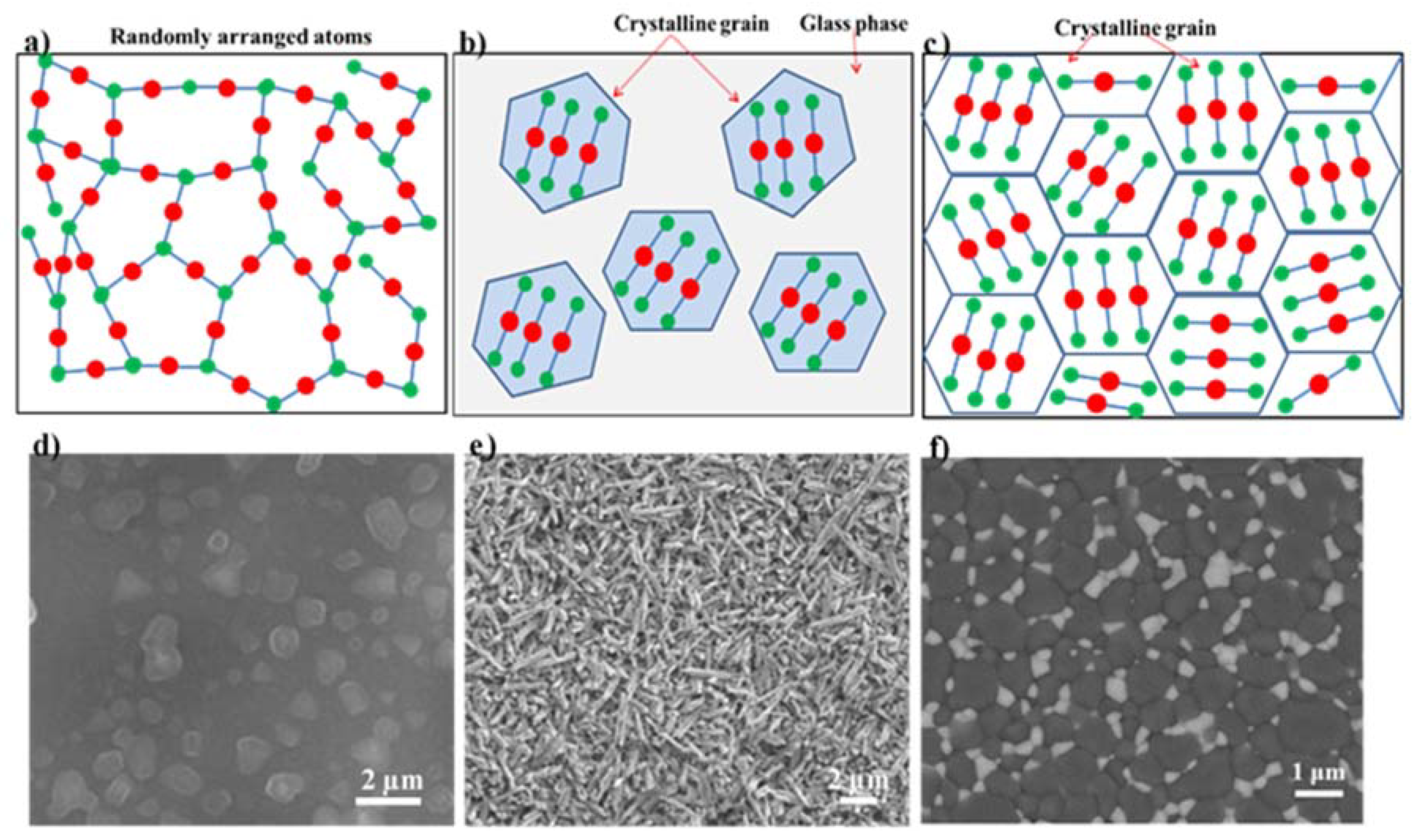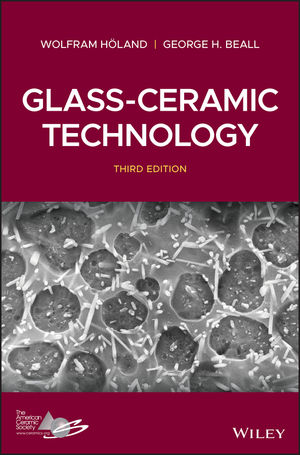Optical properties of ceramics refractionlight that is transmitted from onemedium into another undergoesrefraction refractive index n of a material isthe ratio.
Optical properties of glass ceramics.
Optical materials derive their utility from their response to infrared optical and ultraviolet light.
In optical fibers the main attenuation source is scattering from molecular level irregularities rayleigh scattering due to structural disorder and compositional fluctuations of the glass structure.
Structural thermal and optical properties of eu 3 doped tellurite glass vitoceramic and ceramic were investigated.
Optical properties fine ceramics are sintered materials consisting of microscopic crystal particles separated by boundary elements.
Large improvements of the emission cross section gain bandwidth and quantum efficiency of eu were found after thermal annealing of the glass.
Optical fibers for guided lightwave transmission optical switches laser amplifiers and lenses hosts for solid state lasers and optical window materials for gas lasers and.
Glass optical fibers opticalswitches laser amplifiers and lenses glass coloring luminessence ceramics 5.
Some of the electrical properties of ceramics materials are.
Schaeffer is the editor of processing properties and applications of glass and optical materials published by wiley.
Advanced ceramics are fine particles in nature.
Varshneya is the editor of processing properties and applications of glass and optical materials published by wiley.
Judd ofelt model is used to determine the spectroscopic parameters of eu 3 doped tellurite glass and ceramic.
They possess microscopic grain boundaries and microstructure pores.
Optical ceramics advanced industrial materials developed for use in optical applications.
Richardson is the editor of processing properties and applications of glass and optical materials published by wiley.
This same phenomenon is seen as one of the limiting factors in the transparency of infrared missile domes citation needed.
Such devices have found widespread use for various applications in the electro optical field including.
Investigated the effect of evolution of nanocrystalline bbn in li 2 b 4 o 7 bao bi 2 o 3 nb 2 o 5 glass system and the dielectric and optical properties of the respective glass ceramics gcs.
Fine ceramics can be made translucent by minimizing pores and boundary elements after sintering and by increasing crystal size in order to reduce boundary interfaces.
The most obvious optical materials are glasses which are described in the article industrial glass but ceramics also have been developed for a number of optical applications.
Many ceramic materials both glassy and crystalline have found use as optically transparent materials in various forms from bulk solid state components to high surface area forms such as thin films coatings and fibers.














.jpg)





